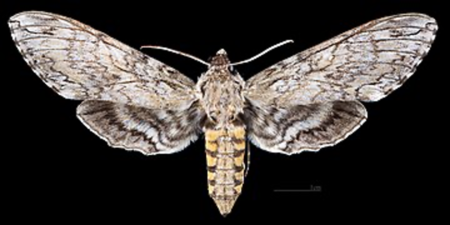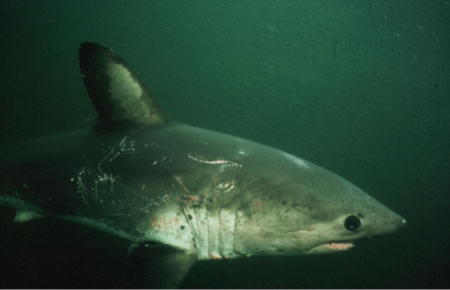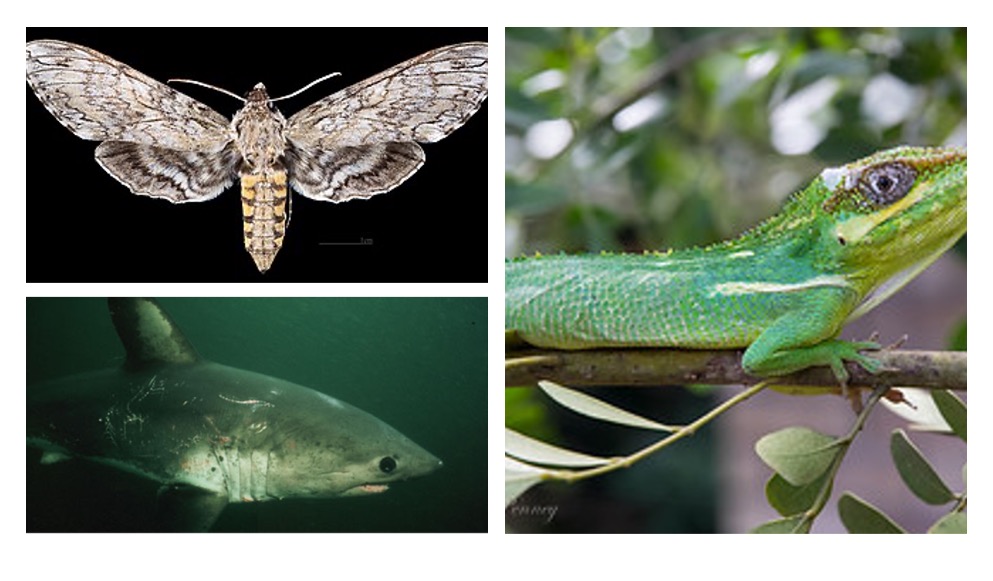Aurora Scientific has helped thousands of laboratories perform functional, contractile testing of muscle for nearly 25 years. Though most of these laboratories work on murine models, we would like to take a moment to recognize the outstanding research of a handful of labs who work on less common animal models and the incredible discoveries that have been made as a result.
Recognizing all the labs who perform this work would be impossible in one blog alone, so we will endeavour to regularly continue to feature new labs. If you would like to have your laboratory featured please reach out and contact us directly.
Tim Higham at University of California Riverside – Anoles
 Dr. Higham studies a variety of anoles and geckos in his laboratory as well as fish and snake models. The laboratory is interested in the evolution of the physiological structure, function and innovations of these animal models in response to their ecological stimuli and environment. The lab uses a broad array of biomechanical and imaging techniques such as, high-speed video capture, EMG, Electron Microscopy and an Aurora Scientific in-situ system. The laboratory uses these techniques to better understand how these animal models are able to move and how their muscles perform in very diverse and complicated environments. This research is supported by extensive field work on several continents. We are proud to help support the lab, and of the role we play in helping to better understand the evolution of these animals!
Dr. Higham studies a variety of anoles and geckos in his laboratory as well as fish and snake models. The laboratory is interested in the evolution of the physiological structure, function and innovations of these animal models in response to their ecological stimuli and environment. The lab uses a broad array of biomechanical and imaging techniques such as, high-speed video capture, EMG, Electron Microscopy and an Aurora Scientific in-situ system. The laboratory uses these techniques to better understand how these animal models are able to move and how their muscles perform in very diverse and complicated environments. This research is supported by extensive field work on several continents. We are proud to help support the lab, and of the role we play in helping to better understand the evolution of these animals!
Click here to read a recent publication.
The laboratory webpage can be found here.
Tom Daniel at University of Washington – Tobacco Hawk Moth
Dr. Daniel’s lab oratory at the University of Washington researches the control systems that enable locomotion and flight in Manduca Sexta (Tobacco Hawk Moth). The laboratory are experts on the various facets that enable flight in the moth such as the structure of its myofilament proteins in the muscles that power flight but also how the moth is able to sense its environment and use this information to control its flight (i.e. hovering) in real time. The laboratory uses many experimental techniques such as high-speed video capture, electrophysiology and X-ray diffraction in addition to the Aurora Scientific equipment to measure contractility as well as extensive tools for modelling. The laboratory are also wonderful mentors to students at all stages of their academic careers including undergraduates and even high school students. We salute the lab for their tremendous contributions to science and for their extensive efforts to promote science education and ongoing mentoring.
oratory at the University of Washington researches the control systems that enable locomotion and flight in Manduca Sexta (Tobacco Hawk Moth). The laboratory are experts on the various facets that enable flight in the moth such as the structure of its myofilament proteins in the muscles that power flight but also how the moth is able to sense its environment and use this information to control its flight (i.e. hovering) in real time. The laboratory uses many experimental techniques such as high-speed video capture, electrophysiology and X-ray diffraction in addition to the Aurora Scientific equipment to measure contractility as well as extensive tools for modelling. The laboratory are also wonderful mentors to students at all stages of their academic careers including undergraduates and even high school students. We salute the lab for their tremendous contributions to science and for their extensive efforts to promote science education and ongoing mentoring.
Click here to read a recent publication.
The laboratory webpage can be found here.
Douglas Syme at University of Calgary – Fish and Sharks

Click here to read a recent publication.
The laboratory webpage can be found here.




